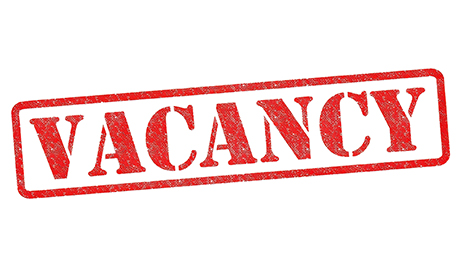It takes a long time to appoint a bishop, says Steve Lowe, Bishop of Auckland and Secretary of the NZ Catholic Bishops Conference.
Lowe is responding to a piece by Luke Coppen in The Pillar, suggesting the Vatican has forgotten about New Zealand’s need to find two bishops.
Coppen points out that the Diocese of Palmerston North has been leaderless for more than three years, and on December 17 it will be a year since Lowe moved from Hamilton to become Bishop of Auckland.
“The process of appointing a bishop is not fast, and this can lead to frustration and speculation on what is happening.
“Behind the scenes, however, the process is happening,” Lowe said to a recent media enquiry.
He said the process is in the hands of the Apostolic Nuncio. The Apostolic Nuncio is Pope Francis’ diplomatic representative in New Zealand.
Coppen says the current Nuncio is Archbishop Novatus Rugambwa, who has served in this role since 2019.
He suggests Rugambwa might have a different model of Church than is commonly accepted in New Zealand.
Outlining the process to appoint a bishop, Lowe says the Apostolic Nuncio starts a process of consultations with a range of lay people and clergy to look at the pastoral needs of the diocese and suggest names for potential candidates.
The Nuncio then passes this information on to the department in the Vatican responsible for New Zealand, the Dicastery for Evangelisation, headed by Filipino Cardinal Luis Tagle.
The Dicastery for Evangelisation then confirms a short list of possible candidates called a Terna, at which point the Nuncio starts a second consultation process.
The consultation is with a wide variety of lay people and clergy who are also asked to suggest others who might be consulted.
Once the consultation is complete, the Nuncio sends his report back to the Dicastery for Evangelisation who then makes the recommendation to Pope Francis.
When the Pope nominates a new bishop, the Nuncio informs the nominated priest that the Pope has appointed him as the bishop of a diocese and asks whether he is willing to accept.
At no point along the process are prospective candidates asked if they agree to their names going forward.
Coppen notes appointing bishops in New Zealand has not previously been too much of a problem, but his Excellency Archbishop Rugambwa did not respond to Coppen’s request for comment.
In response to the same media request, Cardinal John Dew said: “The process to appoint new bishops for the two dioceses is underway and under the supervision of the Apostolic Nuncio, which is the standard way bishops are appointed.”
On 29 March 2019, Pope Francis named Rugambwa apostolic nuncio to New Zealand and apostolic delegate to the countries of the Pacific Ocean. On 25 May, the responsibilities of Apostolic Nuncio to Fiji and to Palau were assigned to him, then on 30 November, he was given additional responsibility as Apostolic Nuncio to the Marshall Islands, Kiribati, Nauru, and Tonga.
On 17 April the following year, he was named Apostolic Nuncio to Samoa, then on 2 February Rugambwa was appointed Apostolic Nuncio to the Cook Islands, a post that had been vacant since 2018, and on 30 March to Micronesia.
Other than the New Zealand dioceses of Palmerston North and Hamilton, currently, only one other diocese from the vast array of dioceses Rugambwa is responsible for is vacant, and this vacancy follows the August 7 death of Koru Tito bishop of Tarawa and Nauru.
Coppen suggested that an option the Vatican might consider is uniting the Hamilton and Palmerston North dioceses under one bishop without merging them. This process, known as linking dioceses in persona episcopi, has been used in recent years in Canada, Ireland, Italy, Spain, and Wales.
Several CathNews sources say bishops in New Zealand are busy, and there is no suggestion that merging dioceses is being considered.
Source
